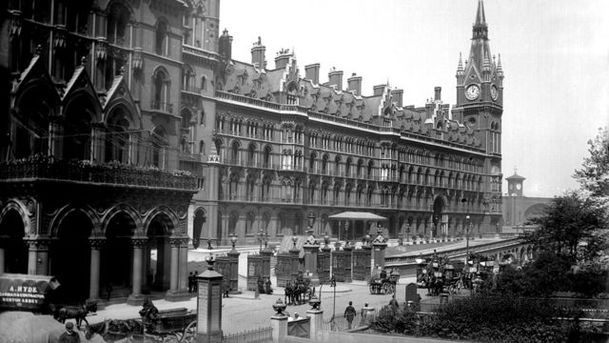In Our Time - The City - a history, part 2

Melvyn Bragg presents the second of a two part discussion about the history of the city. George Stephenson invented rail transport in the north-east of England in the 1820s, but it was not until over twenty years later that rail networks began to spring up to ferry workers in and out of the centre of British cities. When they did, this had a vast, transforming effect on the whole nature of cities - taking the pressure off dense, overcrowded central areas, but helping cities like London explode outwards. Victorian London was widely held at the time to be rather chaotic - especially in comparison with the grandiose, highly-orchestrated developments in continental European cities like Paris and Barcelona. The process of transformation was given another fillip by the introduction of the motor car. In this, the final part of a two-part special edition of 'In Our Time' exploring the development of cities, we're going to examine how Stephenson's invention transformed cities almost beyond recognition, and follow the story up to the present day. Peter Hall is Professor of Planning and Regeneration at The Bartlett School of Planning, University College London; Tristram Hunt is lecturer in History at Queen Mary College at the University of London; and Ricky Burdett is Professor of Urban Studies at the London School of Economics.